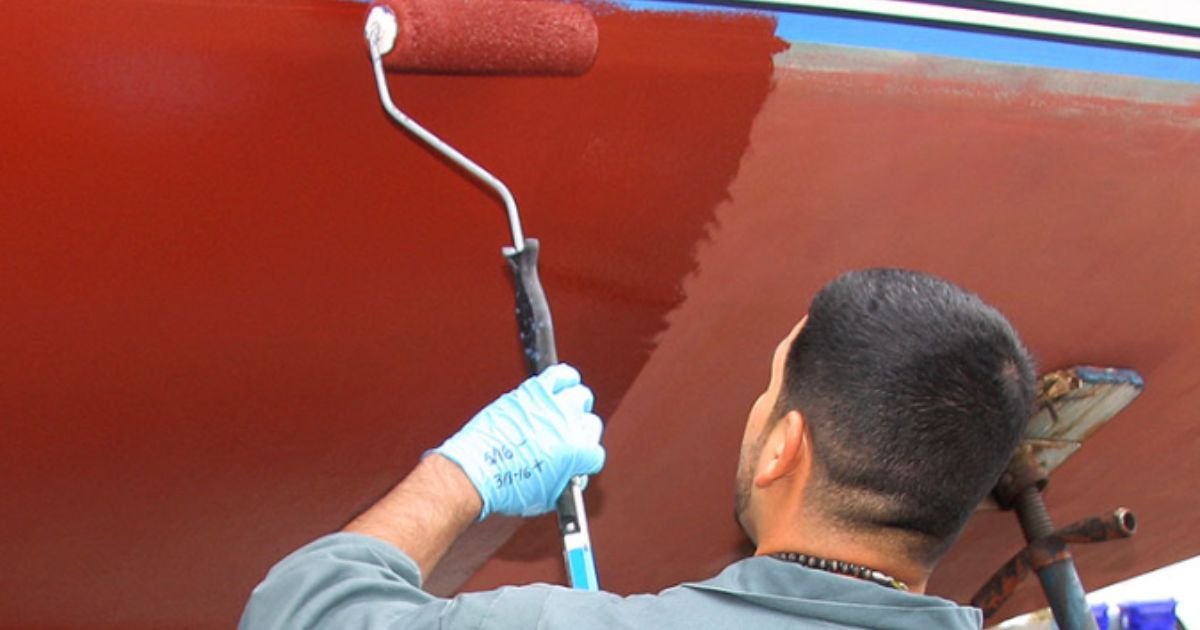Marine Paint Application Techniques:
Brushing, Rolling, and Spraying
Applying marine paint is crucial for protecting and enhancing the appearance of boats and other marine structures from the harsh conditions of the sea. The application technique you choose can significantly impact the final result, overall quality, and durability of the paint job. Three common marine paint application techniques are brushing, rolling, and spraying. Each method has its advantages and considerations.
In this blog, we’ll explore these marine paint application techniques, offering insights into their benefits and considerations.
Brushing Technique
Brushing is a traditional method for applying marine paint. It offers precise control and is ideal for small, intricate areas, as well as touch-ups and hard-to-reach spots. However, brush marks may be visible, requiring extra care to achieve a smooth finish.
Rolling Technique
Rolling marine paint offers efficiency for larger surfaces, like decks and hulls. It provides a uniform coat and minimizes visible brush marks. However, it’s essential to choose the right type of roller to avoid creating bubbles or uneven textures.
Spraying Technique
Spraying is favored for achieving a flawless, even finish on large surfaces. It’s efficient and provides a smoother appearance compared to brushing or rolling. However, it requires specific equipment and proper ventilation to avoid overspray.
Factors to Consider
Consider the size of the surface, the intricacy of the design, your experience level, and the desired finish. Larger areas may benefit from rolling or spraying while brushing can be advantageous for detailed work.
Tips for Successful Marine Paint Application:
- Regardless of the technique, surface preparation is critical. Clean, sand, and prime the surface as needed before applying paint.
- While DIY painting is possible, professionals have the expertise and equipment to achieve optimal results, especially when using spraying techniques. They ensure proper application and minimise the risk of imperfections.
- Choose a marine-grade paint suitable for the intended use (above the waterline, below the waterline, topsides, etc.).
- Follow the manufacturer’s guidelines regarding thinning, mixing, and application.
- Maintain consistent application techniques (brushing, rolling, or spraying) throughout the project.
- Consider environmental factors like temperature, humidity, and wind speed, as they can affect the drying and curing of the paint.
Selecting the right marine paint application technique depends on factors such as the size of the surface, your skill level, and the desired outcome. Brushing offers precision, rolling provides efficiency, and spraying delivers a flawless finish.
Whichever method you choose, proper surface preparation and attention to detail are crucial for achieving the best results. Mastering marine paint application techniques ensures your vessel not only boasts protection but also showcases a beautiful and enduring finish.
Morven Industrial is your trusted partner with high-quality marine paints from top brands in the world. We have the expertise to help you with your marine painting project. Contact us today for more information.

